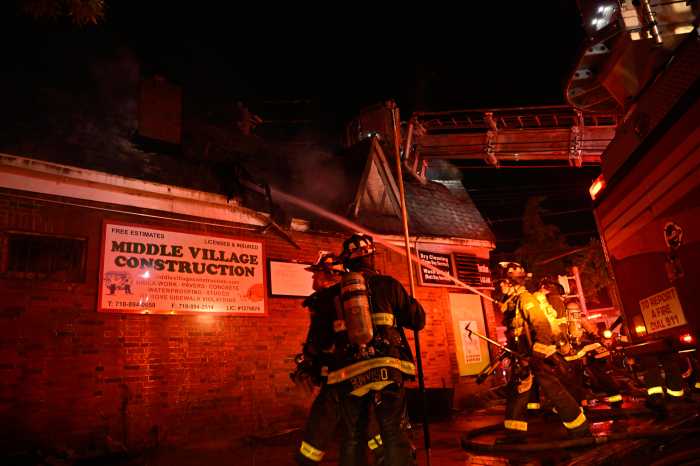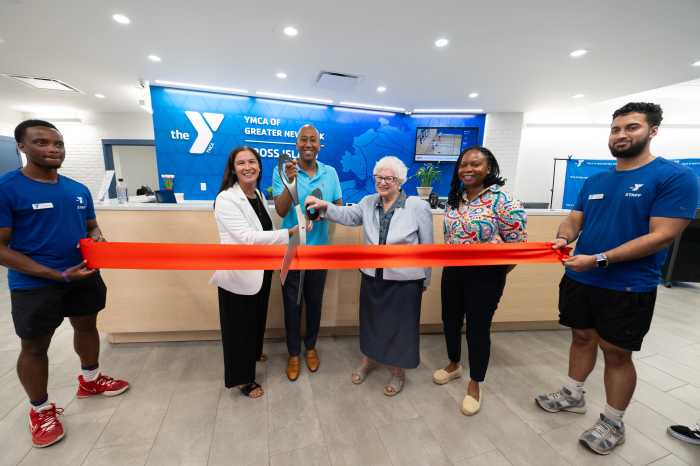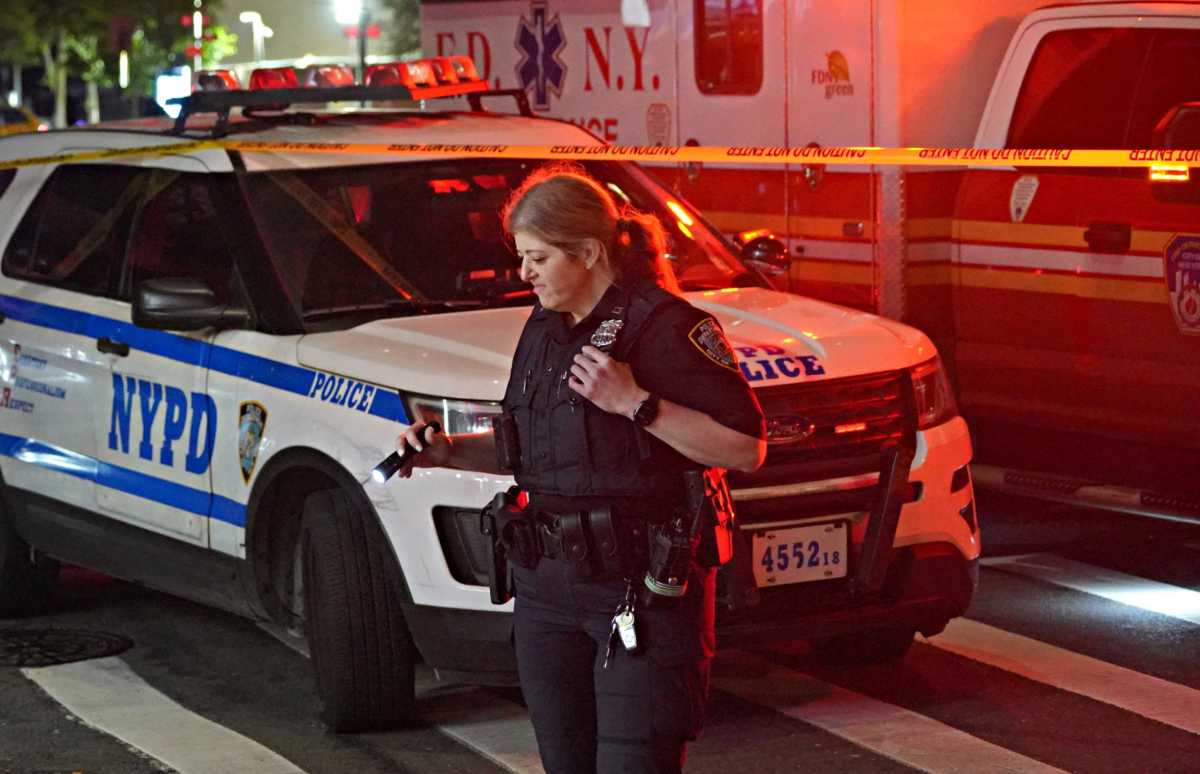Cases Still Higher In Bk., West Qns.
The city Health Department released last week new figures showing that New York City’s tuberculosis (TB) rate has dropped to a record low of eight cases per 100,000 people, reflecting national trends and the combined efforts of the agency, healthcare providers and community leaders to expand TB control procedures.
New York City’s TB rate has dropped to a record low, but it is still double the national rate (8.0 vs. 3.2 cases per 100,000 persons). The neighborhoods with the highest TB rates are Sunset Park (22.7 per 100,000), West Queens (22.1), Flushing Clearview (14.6), Williamsburg- Bushwick (12.8), Port Richmond (12.8), and Union Square-Lower East Side (12.6).
At the same time, however, the city has seen a slight increase in multi-drug resistant tuberculosis, a strain resistant to the two most powerful TB drugs, which makes treatment longer and more complicated. The number of cases of multi-drug resistant tuberculosis fell between 1992 and 2007, from 441 MDR cases to just nine in 2007. In 2012, however, it reached 18 cases.
The department is working with healthcare providers and community leaders to expand TB control procedures, including improved infection control practices in hospitals and upgraded laboratory methods that ensure more effective treatment regimens.
“We have made great progress in controlling TB in NYC, but there is still work to be done if we are to eliminate it as a public health problem,” said Health Commissioner Dr. Thomas Farley. “It is essential that healthcare providers continue to collaborate on reporting and monitoring the treatment of TB cases to improve health outcomes for New Yorkers with TB, while ensuring that everyone receives the same standard of care regardless of insurance or immigration status.”
Foreign-born New Yorkers are disproportionately affected by tuberculosis. The top five countries of origin among foreign-born persons with TB were China, Mexico, Bangladesh, the Dominican Republic and Ecuador. TB remains a problem in many of these countries and throughout much of the world, causing illness in an estimated nine million people each year and killing more than 1.5 million annually worldwide. In 2012, 80 percent of the total reported cases in New York City were among individuals born outside the U.S.
Additionally, TB impacts non- Hispanic blacks more severely than non-Hispanic whites born in the US (9.9 per 100,000 persons versus 0.5 per 100,000).
The Health Department also tracks TB in populations such as healthcare workers and persons with a history of homelessness. In 2012, six percent of TB cases occurred among healthcare workers, the highest proportion seen in the past decade. One quarter of all U.S.-born cases in 2012 reported ever being homeless, an increase from 16 percent in 2011. Thirteen percent of U.S.-born cases reported a history of homelessness in the 12 months before TB diagnosis, the highest proportion seen since 2006.
The continuing decline in TB cases reflects national trends and the combined efforts of the Health Department, healthcare providers and community leaders to expand TB control procedures, including improved infection control practices in hospitals and upgraded laboratory methods that ensure more effective treatment regimens.
In 2012, a TB Physicians’ Advisory Group consisting of physicians in the area who treat TB was formed to provide a forum to discuss ways to improve and enhance the delivery of TB services for New Yorkers.
The Health Department has also convened the NYC Tuberculosis Research Consortium, representing researchers from the Health Department, and academic institutions across the city.
The consortium aims to pursue studies, which will guide TB control policies and practices in NYC, and advance research in TB epidemiology, genotyping and clinical practices.
Tuberculosis is a bacterial infection that spreads from person to person through the air. The infection can remain latent for many years before causing active disease, usually in the lungs.
When people who are sick with TB cough or speak, they expel TB germs into the air. Other people may breathe in the TB germs, and some may become sick.
TB is not spread by shaking hands, sharing food or having sex, and brief contact with someone who is sick (on a train or bus, for example) is unlikely to cause infection. TB typically spreads through close, daily contact.
Most people do not know they have TB infection until they become sick. People at high risk can stop TB by getting themselves tested and taking treatment to prevent TB disease.
Individuals should be tested for tuberculosis if they have:
– symptoms of active TB disease (a bad cough for a least three weeks, weakness or fatigue, weight loss, fever, night sweats);
– spent a long time with someone who has active TB disease (a family member, friend, or co-worker);
– recently come from a country with a high rate of TB;
– HIV infection, lowered immunity, or certain medical conditions such as diabetes or chronic kidney failure; or
– worked or lived in a homeless shelter, prison or other group setting.
The Health Department offers free, confidential TB testing for those at risk and state-of-the-art TB treatment. Treatment is available in all five boroughs and open to all, regardless of immigration status or ability to pay.
For more information, call 311 or search TB at www.nyc.gov.

































